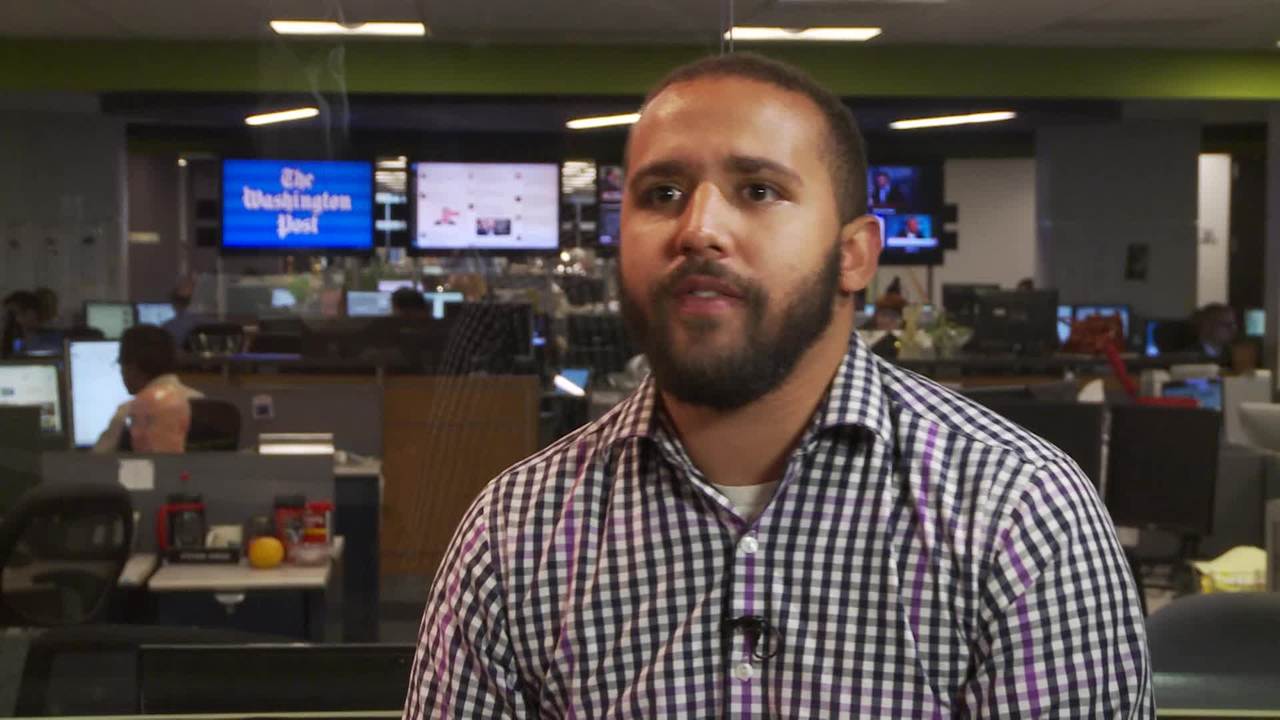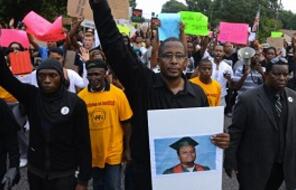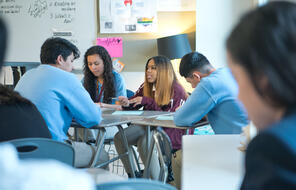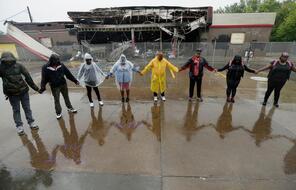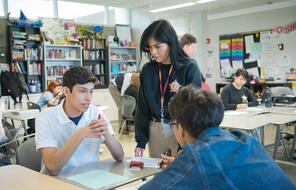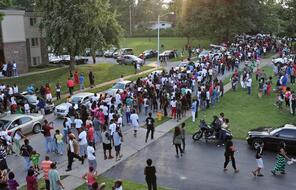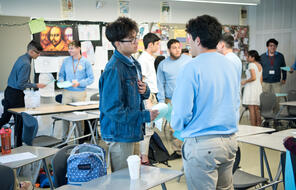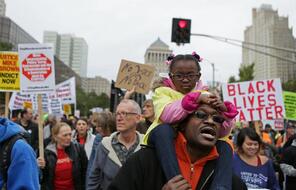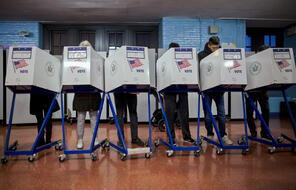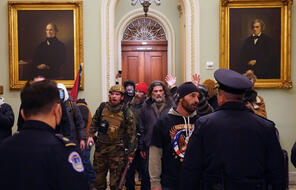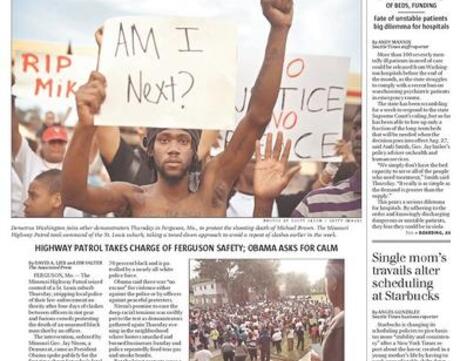
The Importance of a Free Press
Duration
Two 50-min class periodsSubject
- Civics & Citizenship
- History
- Social Studies
Grade
9–12Language
English — USPublished
Overview
About This Lesson
The events in Ferguson underscored the freedoms guaranteed by the First Amendment, including freedom of speech and the right to assembly, but most significantly freedom of the press.
In this lesson, after reviewing the text of the First Amendment, students will hear Washington Post journalist Wesley Lowery discuss his detention in Ferguson. They will then review a press conference with the police captain in charge of security to understand some of the challenges the police faced in guaranteeing safety for protesters, police, journalists, and community members. Finally, students will reflect on what’s at stake when press freedoms are threatened.
Lesson Plans
Activities
Materials and Downloads
The Importance of a Free Press
#IfTheyGunnedMeDown
Hands Up, Don't Shoot!
Unlimited Access to Learning. More Added Every Month.
Facing History & Ourselves is designed for educators who want to help students explore identity, think critically, grow emotionally, act ethically, and participate in civic life. It’s hard work, so we’ve developed some go-to professional learning opportunities to help you along the way.
Exploring ELA Text Selection with Julia Torres
On-Demand

Working for Justice, Equity and Civic Agency in Our Schools: A Conversation with Clint Smith
On-Demand

Centering Student Voices to Build Community and Agency
On-Demand


